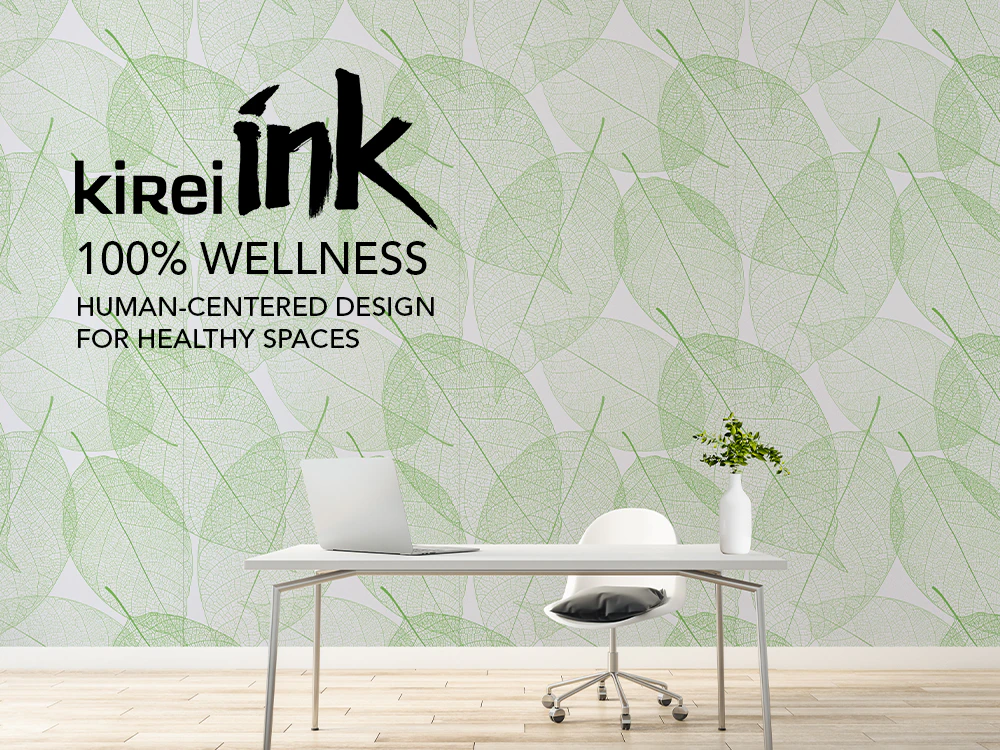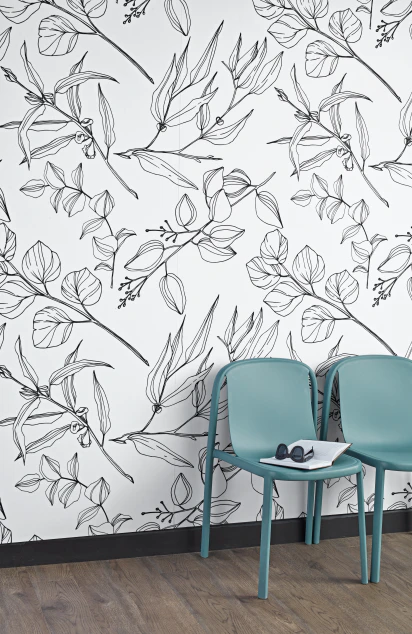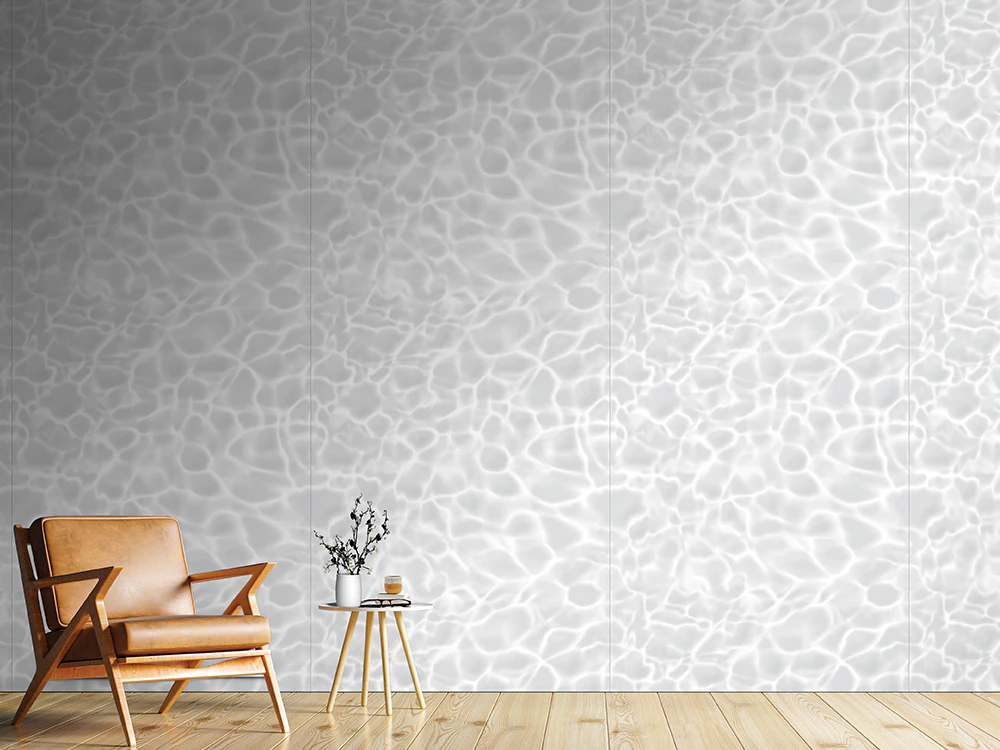
Make a bigger difference with your designs by being mindful of the humans who utilize them. Mental health and well-being matter more than ever. With an evident shift to prioritizing the human experience driving decisions in all walks of life, designing and building spaces is no different. As client education around wellness and biophilic design rises, staying on top of the latest design approaches is a must to deliver on your client’s goals.
We recently explored this topic with three award winning interior designers as we celebrated our latest launch - the Kirei Ink Collection - with a conversation about biophilia and acoustics in design. The panelists discussed how they approach, educate, and lead their clients to reach more holistic project plans that benefit those who occupy the space. Moderated by preeminent industrial designer and Kirei collaborator Michael DiTullo, panelists Sonja Bochart (Shepley Bulfinch), Emmy Funk (HLW), and Lizzie Gerock (Gresham Smith), touched on what clients know and expect, how new designers can approach biophilic design, innovative ways to incorporate biophilia into spaces, and more.

Throughout the conversation, the designers gave thoughtful insight and advice for delivering healthy spaces for clients while showing them the importance of promoting wellness and creating a space where people actually want to be. Check out our top 5 takeaways from the event, below:

1. NOTICE THE IMPORTANCE OF THE NATURAL WORLD
It’s simple to spot the benefits of being outside - reconnecting with nature, getting our daily dose of vitamin D from natural sunlight, or taking in fresh air. Determining how to bring the benefits of nature indoors is not always clear but extremely crucial for client well-being. Imprint the importance of biophilic design by knowing how nature directly impacts us from windows regulating our circadian rhythm to the air purifying effect of plant walls. Learning to appreciate our natural world will help elevate the experience for all who enter any space you design.
One of the really interesting aspects about biophilic design is the research that's starting to demonstrate that when we experience biophilic design patterns that we are more apt or more willing to be generous, to be caring, [...] and to really be better stewards for the Earth, because our planet needs a lot of healing so I think it's just a beautiful wonderful strategy.
- Sonja Bochart
It's about designing places that people love. That's never been the exception, that should just be the rule. We should design places that people love, that foster this connection to the natural world.
- Emmy Funk

2. START STRONG WITH A COLLABORATIVE STRATEGY
Get intentional with your clients by defining goals and knowing what everyone hopes to achieve early. By setting a strong foundation on what to expect, you can continually return to those goals as touch points throughout the process and even find more efficient ways to incorporate them into the project.
One of the things that we try to do with each client during our strategy process is at the very beginning defining those goals and it doesn't have to be so granular as the means to an end as we're going to have a green wall, but if the vision for the space is a certain emotion or a certain experience we try to not only have that conversation early but reiterate that at every touch point [...] so that we can connect each of the design features back to that and really advocate and make the case for how they are getting the client to achieve their ultimate vision.
- Lizzie Gerock
My favorite approach that I think is most effective is early engagement workshops. I'm not talking about the workshops where I come into the room and I tell the team what to do or I have all the answers. [...] There is power and impact in co-creating and partnership and that means interdisciplinary. It's everyone from as broad of a group as you can get right from contractors to owners to people that will be using the building to manufacturers to designers to um non-profits in the area just sitting around and really being intentional about what is the essence of this place. [...] I think when we do that early in the process then there is buy-in and the team is willing to kind of carry that forward in new and unique ways.
- Sonja Bochart
3. EDUCATE WITH EXPERTISE - SHOW CLIENTS THE BENEFITS OF BIOPHILIA
While collaboration remains important to gather all the goals of all stakeholders involved, clients will still look to you for expertise in the field. It’s key to come prepared with the right research, resources, and education to explain how they can accomplish each goal with impressive results. With early education, you can guide the project in the right direction to achieve a richer, more enjoyable environment.
I try to be very gracious with clients and realize we're all on a path we're all learning. We've all kind of tuned out, so I think my strategy is persistence and care. I love research, and I don't necessarily believe that biophilic design is a checklist approach. I won't just say you have to do this because of these reasons, but I do think the research is a really good method to just keep convincing.
- Sonja Bochart
I think for a lot of clients that aren't necessarily proactive about incorporating biophilic strategies, education is a huge key. There's a perception that it's expensive, but really it touches on a breadth of different design strategies. I think when you actually sit down with them to go over what these strategies look like in the space and the impact they can have for employees for well-being, it can enhance the beauty of a space.
- Emmy Funk
4. SUPPORT HUMAN WELLNESS WITH BIOPHILIC DESIGN
Biophilia isn’t only about adding some succulents around the room. It’s about healing the harsh divide between the built environment and the natural world. By blurring that boundary and bringing in the benefits of the outdoors, you can create a healing more holistic environment for clients. By giving clients the psychological and physiological stimulus of exposure to nature, you’ll create stunning spaces that reduce stress, improve productivity, and promote overall well-being.
I think so much of what we're seeing now in workplace design comes back to being allowed and bringing your whole self to work - like the awareness and the acceptance of that. That's really come front and center with the focus on mental health and well-being, and that it's not just about that we enjoy the biophilia in this space, it's truly what we need. I think it's a foundational requirement for us to truly thrive and excel.
- Lizzie Gerock
It doesn't take a rocket scientist to know that a space with white echoey walls, a drop ceiling, and fluorescent lights, people are probably not going to be super happy to be in that space eight to ten hours a day for their whole working life.
- Michael DiTullo
I actually just recently learned about this new pattern of biophilic design called “the sense of awe.” That's the feeling when you walk into this incredible, overwhelmingly beautiful space and you just have this feeling and emotion of wonder and joy and it creates this physical sensation.
- Emmy Funk
5. DESIGN WITH THE SENSES IN MIND FOR A HOLISTIC WELLNESS EXPERIENCE
Don’t boil down biophilia to a look alone. While biophilic design brings the beauty of the outdoors in, it can work much harder than that when you choose to overlap function and fashion. Biophilia can serve all the senses with design products that look beautiful while battling bad acoustics, poor air quality, or boring white walls.
I think one of the untapped potentials of biophilic design is when we can marry function and beauty and the natural aesthetic. That to me is the real impact.
- Sonja Bochart
Really so much emphasis on acoustics these past few years, so much of the transition back to work has been about comfort and experience in the space.
- Lizzie Gerock
Everything has to work hard in a design. So if there's a wall element, it's like how can it be beautiful, of course, but also how can it do something else for me like have an acoustic benefit and then have a sustainable aspect.
- Michael DiTullo
The conversation with time has shifted from not just what can reduce the negative impact but what can provide a positive impact. So it's not just that it's a low emitting product but, in a biophilic element, is it actually providing an air purifying quality or in an acoustic product is it actually providing a better cognitive or mental and emotional experience in the space.
- Lizzie Gerock
Biophilic design is not about just checking off a nature themed list. It’s about bringing together multiple facets of design, finding the natural function of a space, and revolutionizing it to put occupant well-being front of mind, the way our natural world benefits us. Whatever your client wants to accomplish on the next project, brighten up the entire experience by introducing biophilic design from the start.
Thank you again to our panelists, their thoughtful work, and their wonderful firms for sharing them with us.
View the full webinar below for additional insights:
Deliver nature & noise control
Find completely custom ways to incorporate biophilia and acoustic control all in one with our latest launch, the Kirei Ink Collection.




